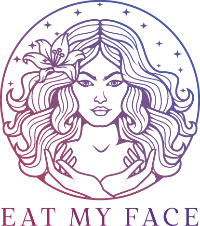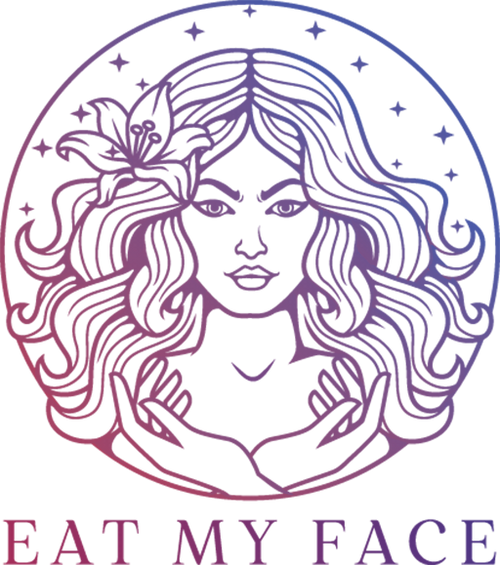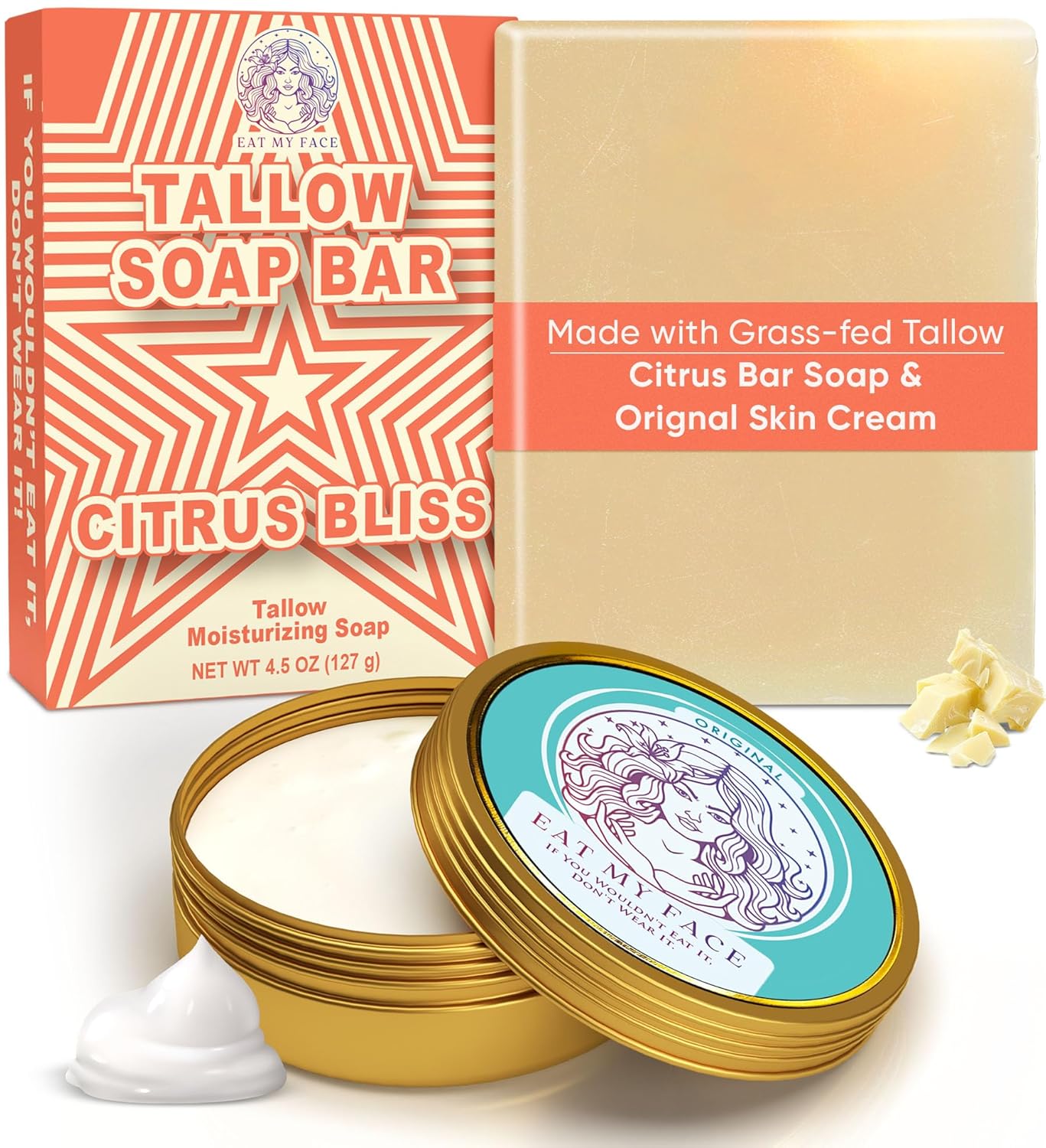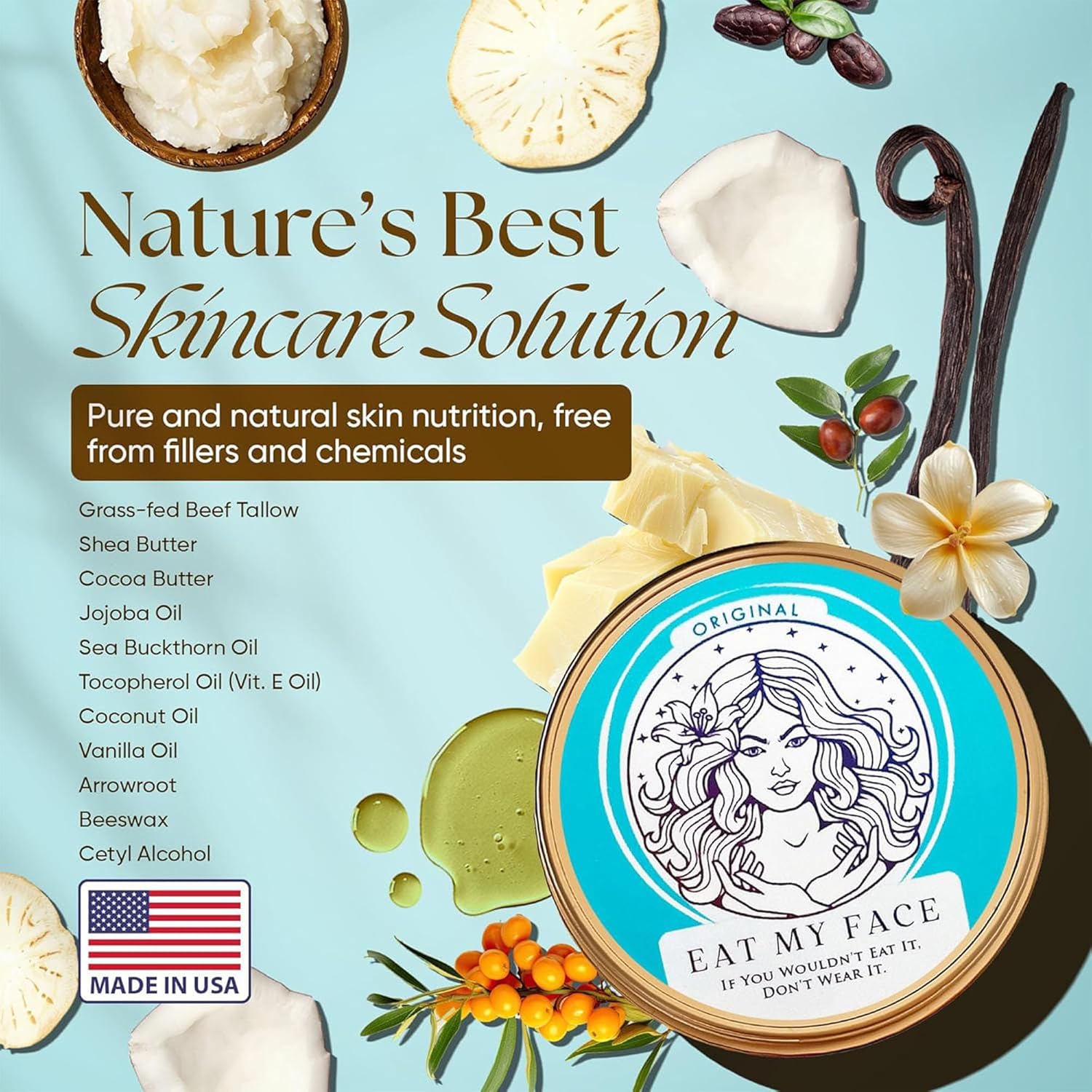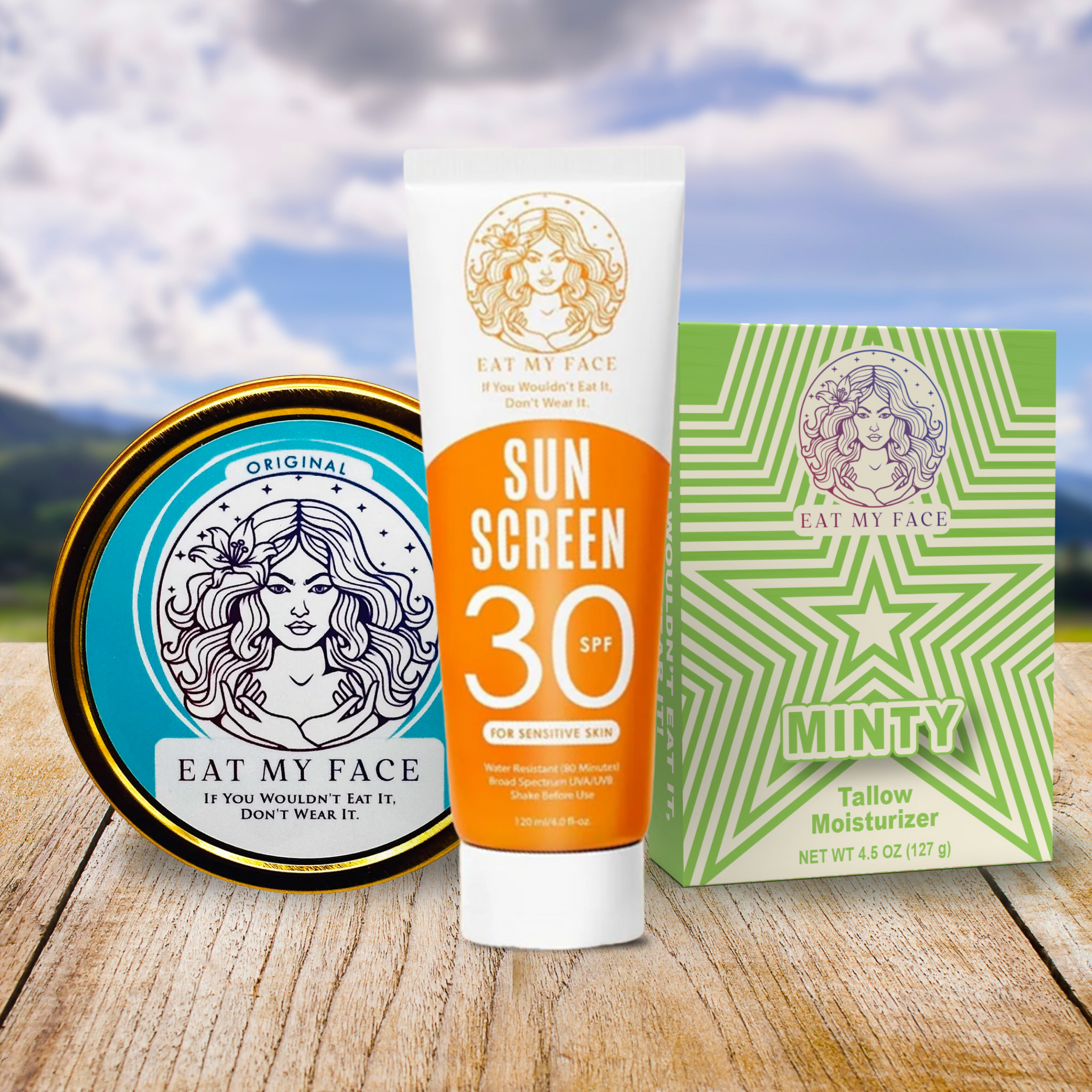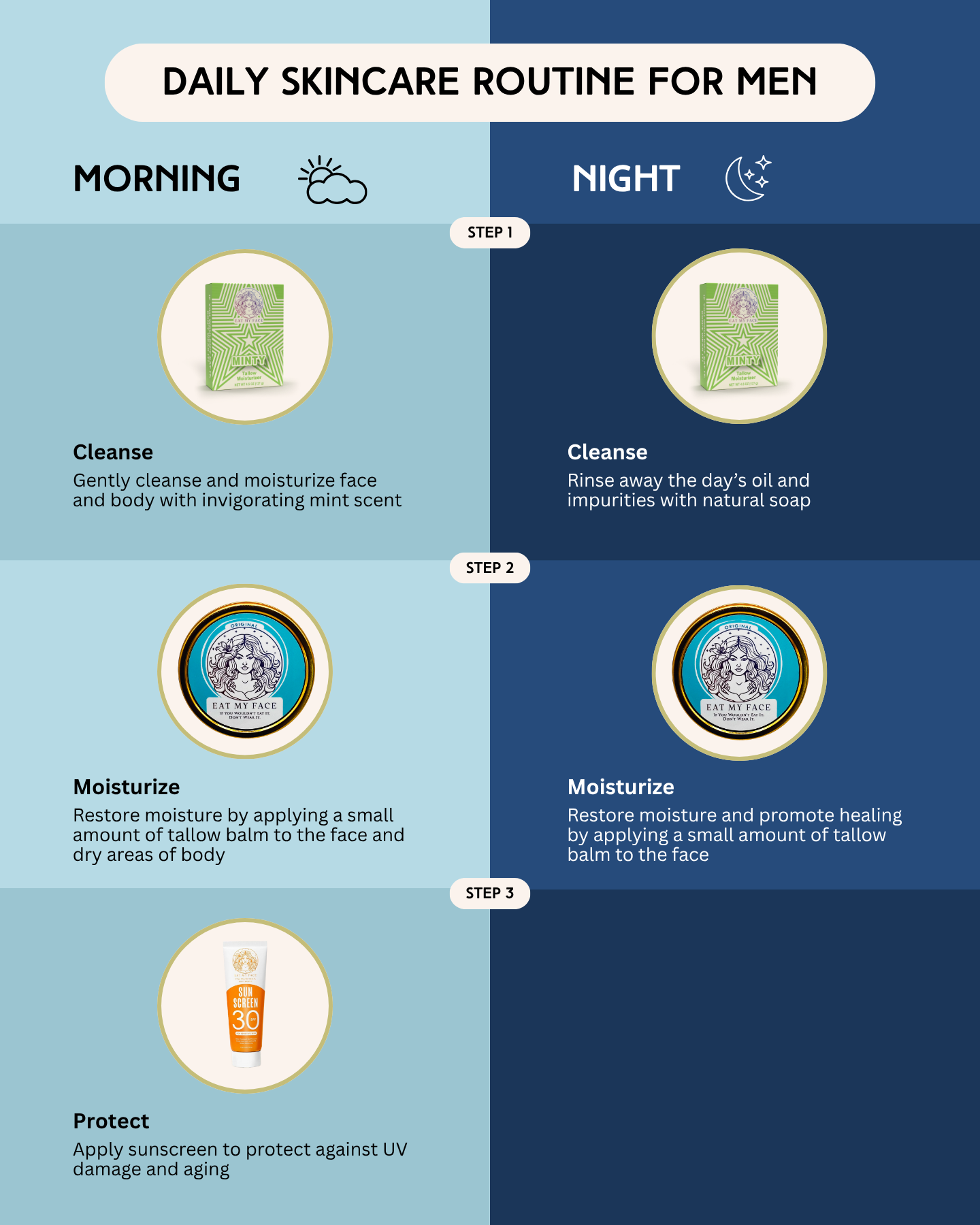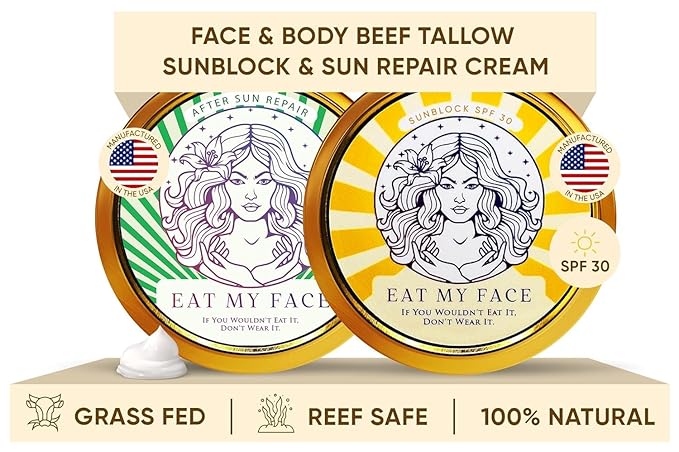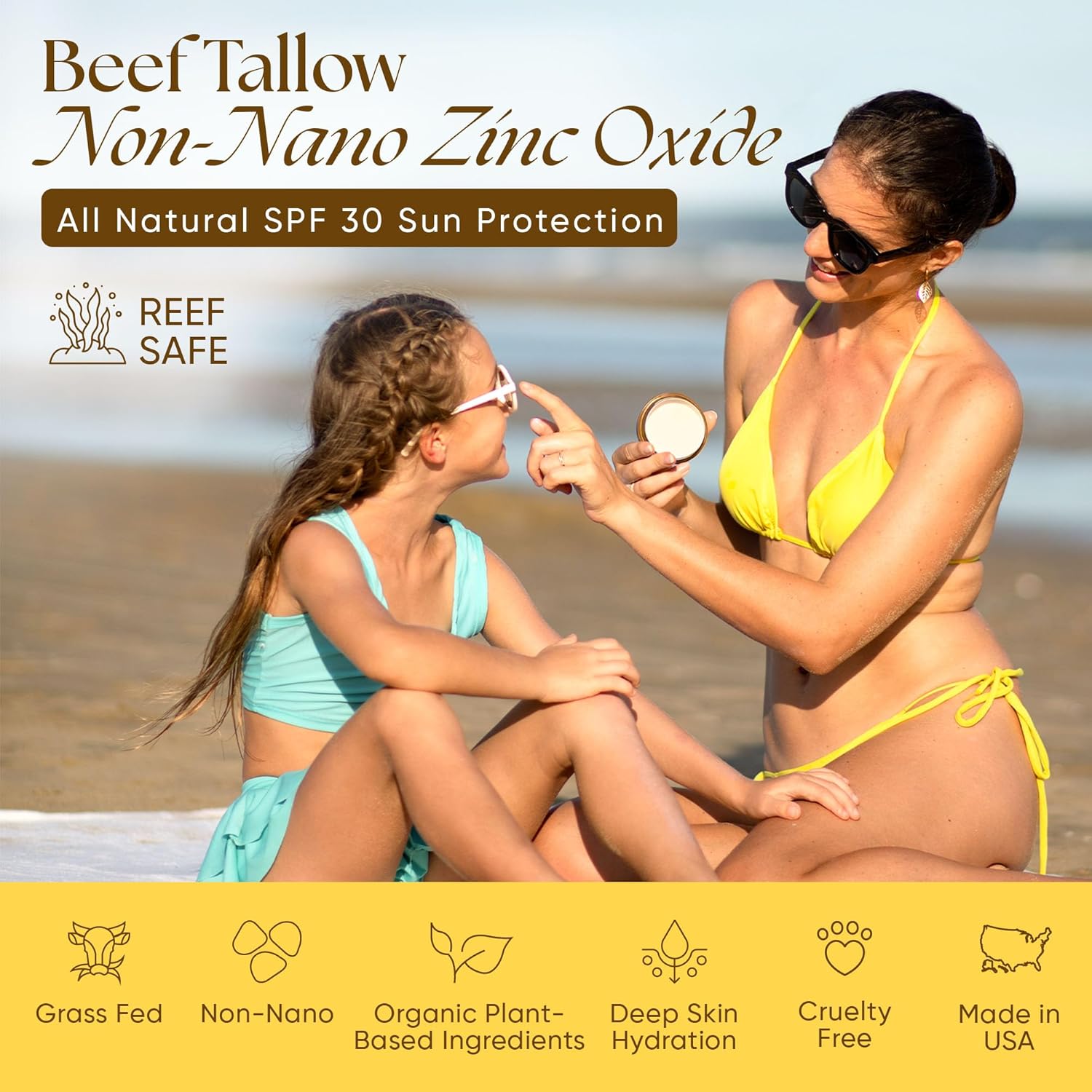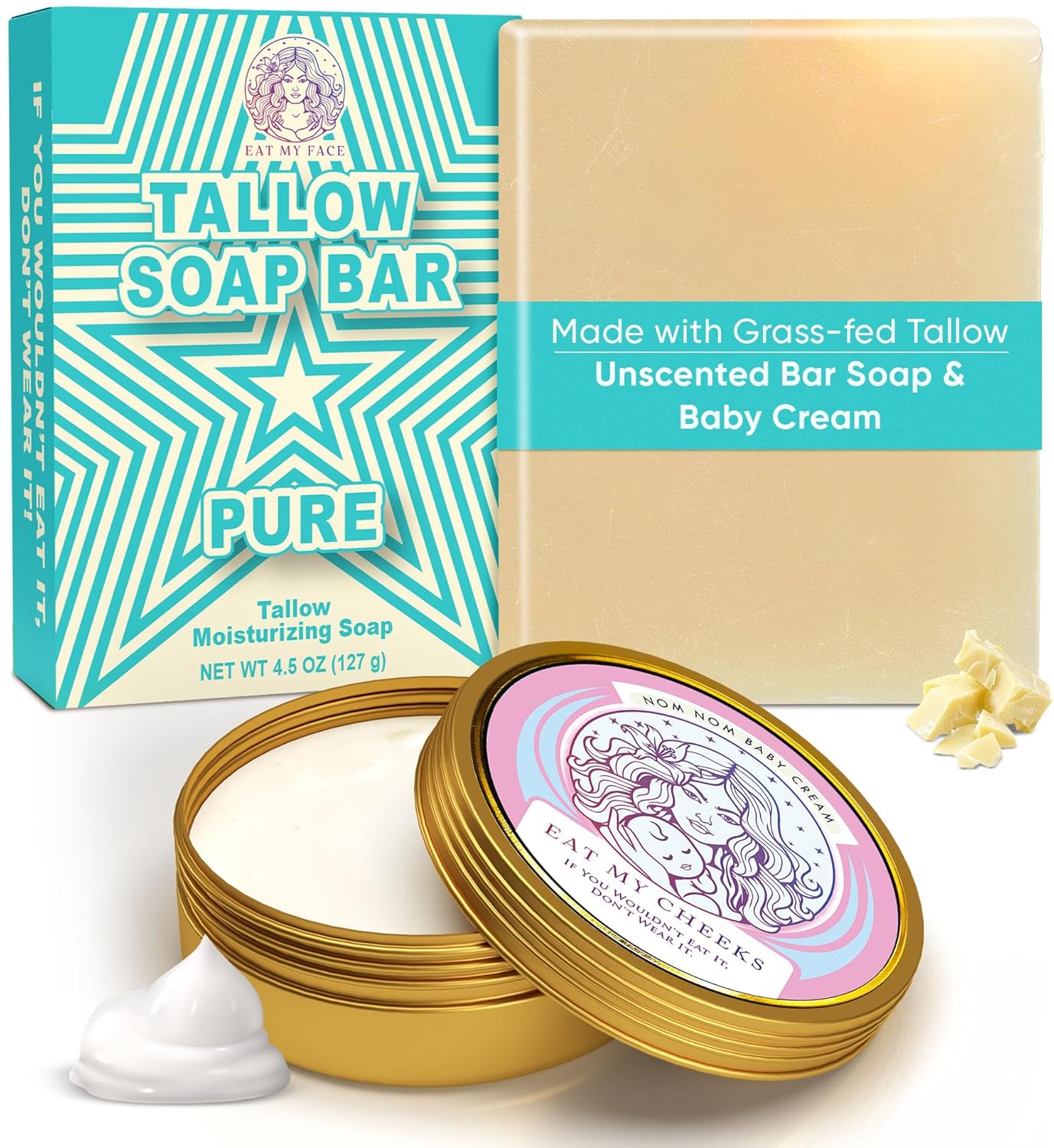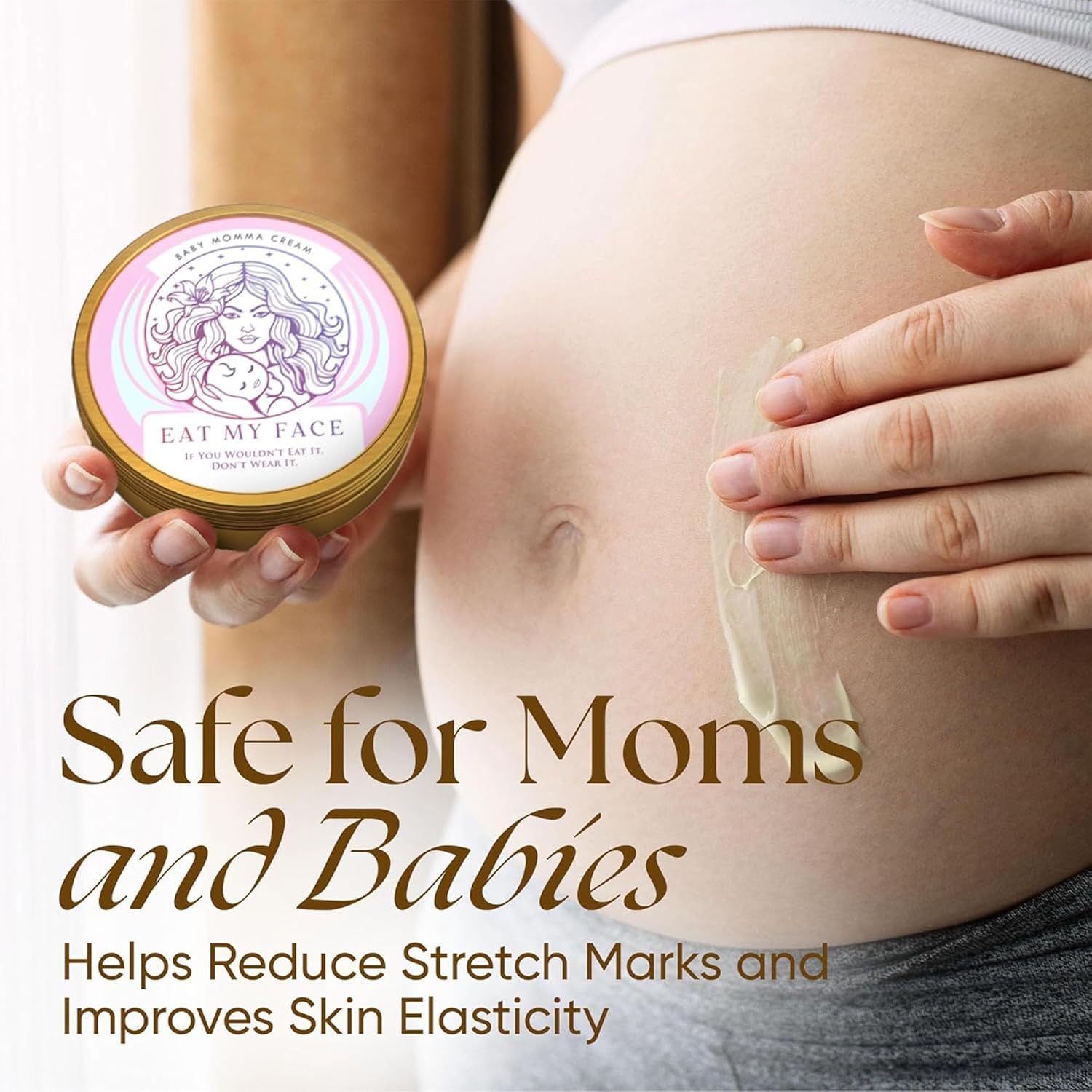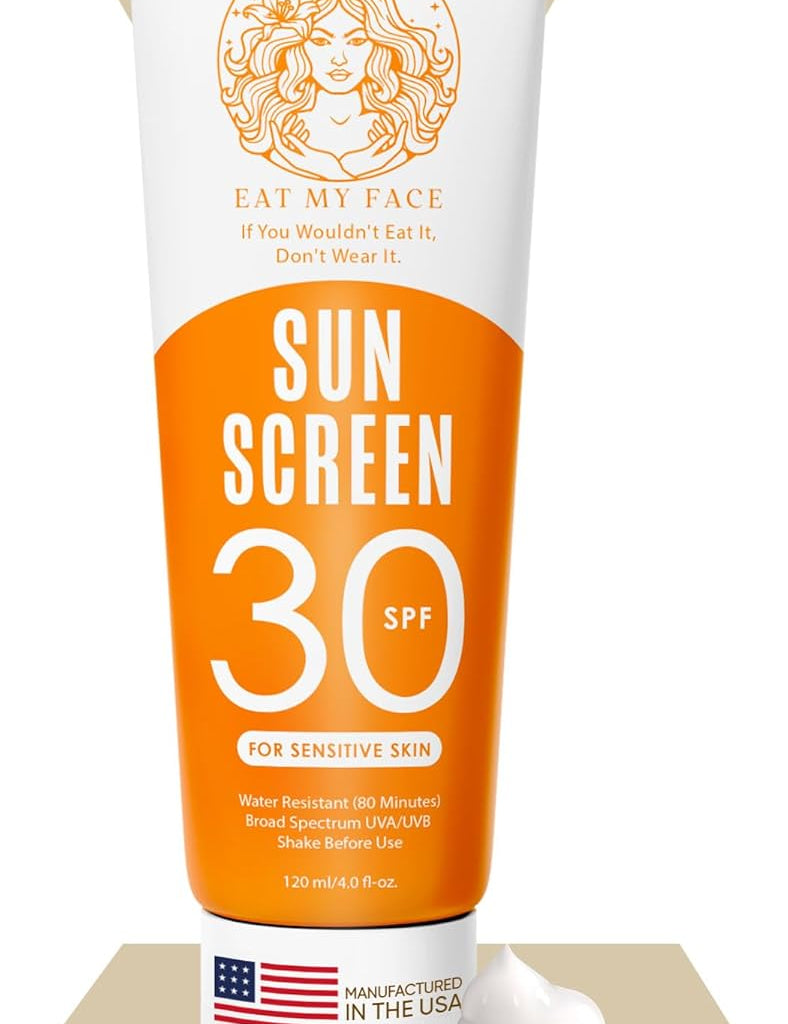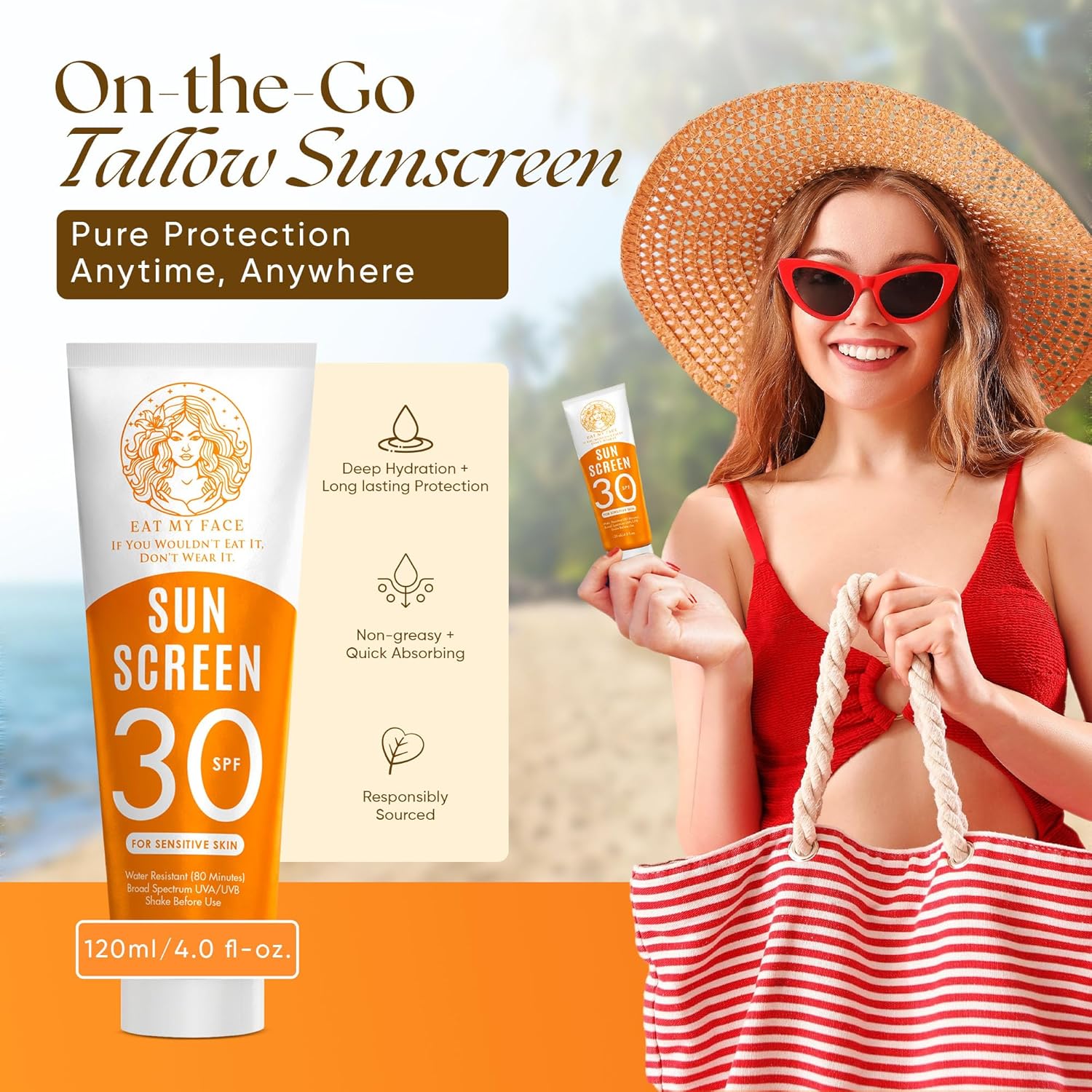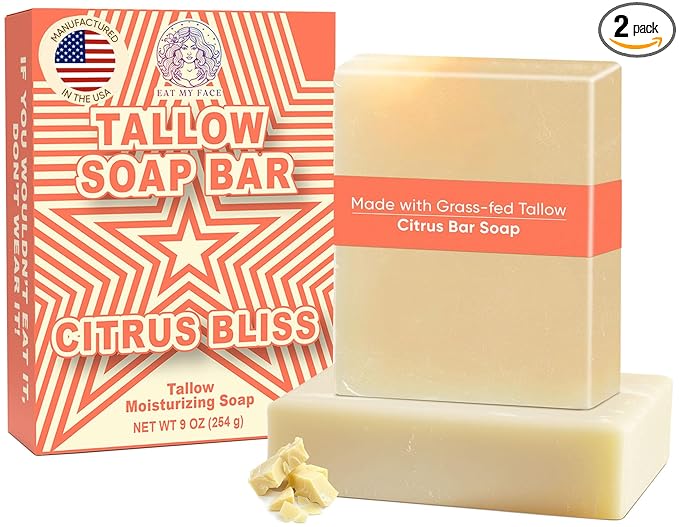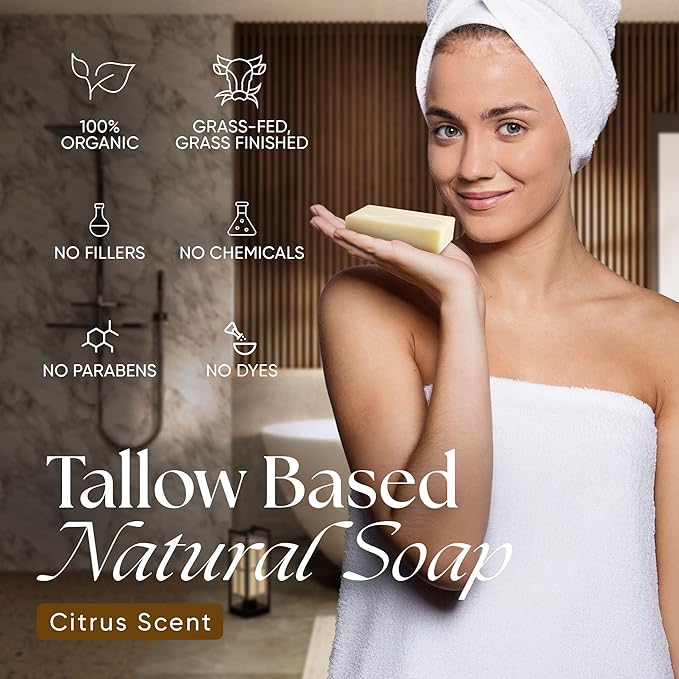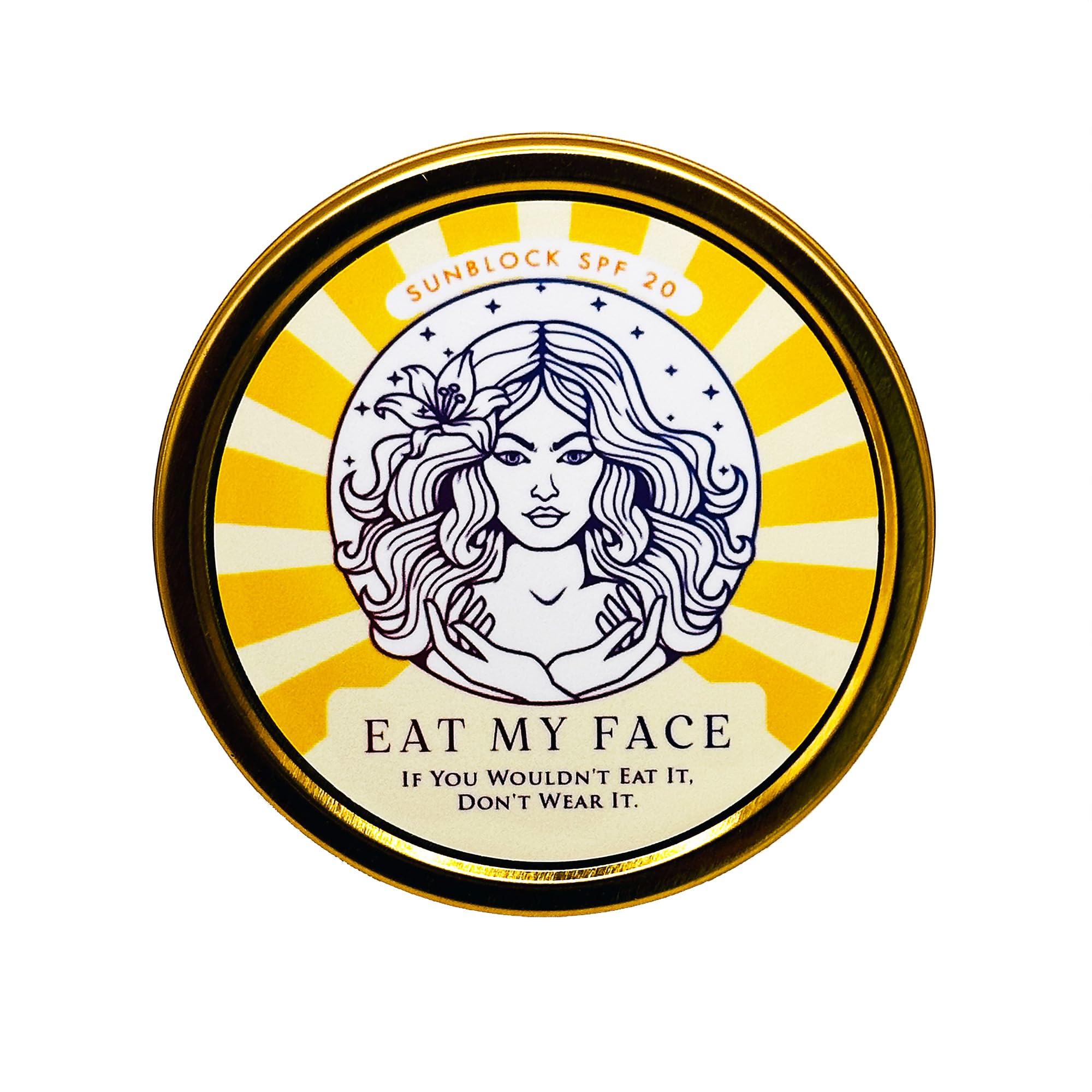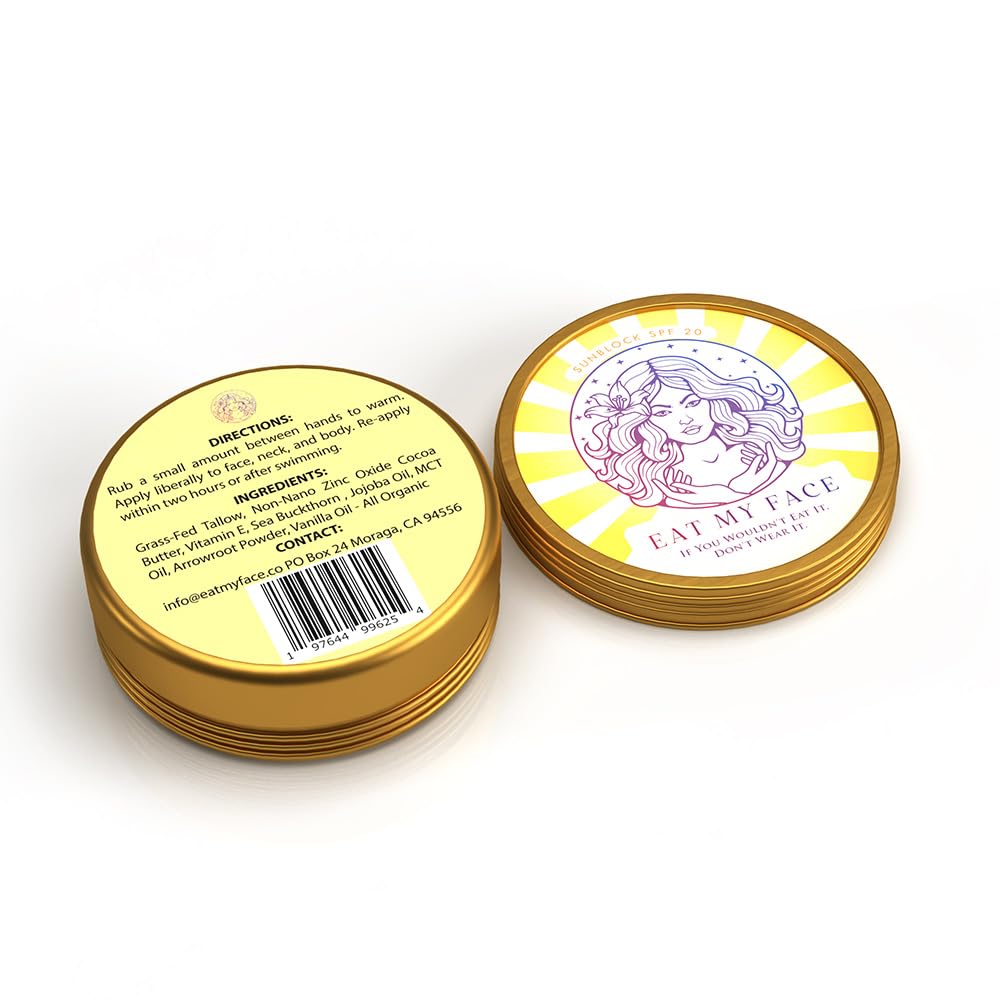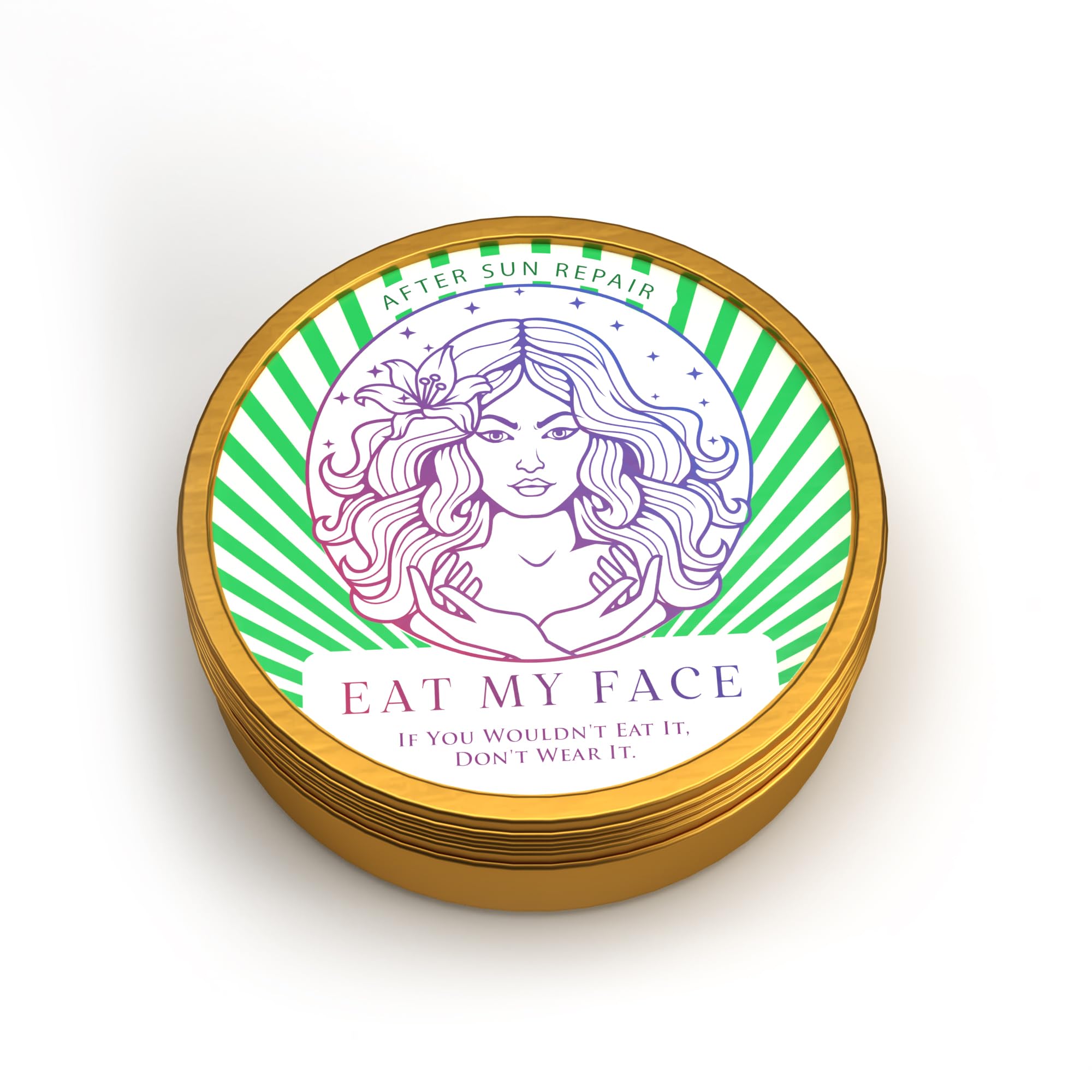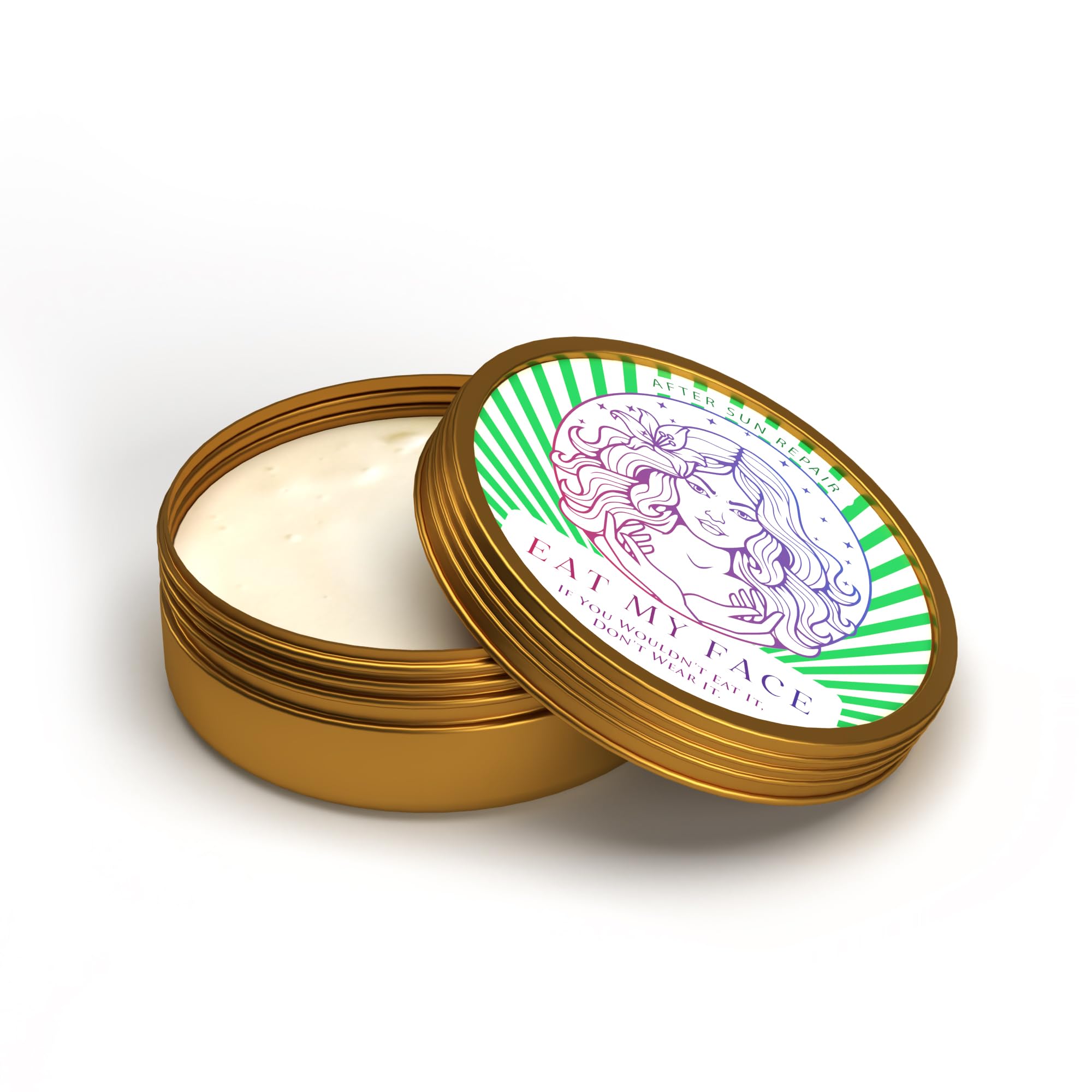Introduction
Shopping for sunscreen can feel overwhelming, but if you care about both your health and the ocean, knowing how to read the label is crucial. The term reef-safe isn’t strictly regulated, so many brands use it loosely. To make sure your sunscreen really is safe for coral reefs and your skin, here’s exactly what to look for—and what to avoid.
The Ingredients You Do Want
The safest and most effective active ingredients are non-nano zinc oxide and titanium dioxide. These minerals sit on the surface of your skin and physically block harmful UVA and UVB rays. Because they are non-nano (meaning the particles are larger than 100 nanometers), they won’t penetrate your skin or be ingested by marine life.
The Ingredients to Avoid
If the label lists chemicals like oxybenzone, octinoxate, octocrylene, or avobenzone, put it back on the shelf. These filters are known to cause coral bleaching and disrupt marine ecosystems. They can also irritate sensitive skin and may have hormone-disrupting effects. A truly reef-safe sunscreen will never contain them.
Other Things to Check
-
SPF rating: SPF 30 is the sweet spot for everyday use—high enough for protection, without the heaviness of higher formulas.
-
No spray aerosols: Sprays can scatter particles into the air and sand, harming the environment and reducing coverage on your skin.
-
Label honesty: Look for certifications, ingredient transparency, and brands that back up their claims with testing.
Closing Call to Action
Protecting your skin doesn’t have to mean harming the planet. By choosing a sunscreen made with non-nano zinc oxide or titanium dioxide, you’ll stay safe under the sun and protect fragile coral reefs at the same time.
Explore our reef safe sunscreen SPF 30 with zinc oxide today and see how easy it is to care for your skin and the sea in one simple step.
